Help Save the World’s Rarest Skeletons
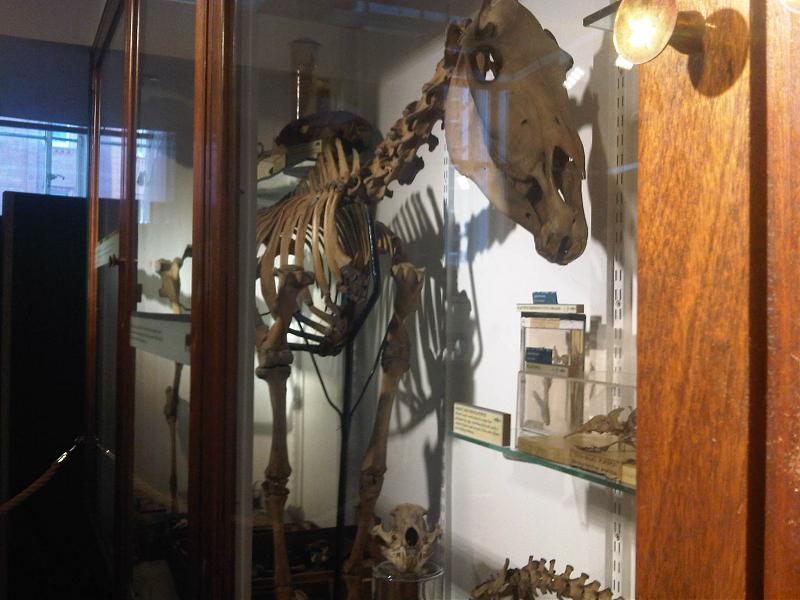 Quagga skeleton in the Grant Museum of Zoology (photograph by Emőke Dénes/Wikimedia)
Quagga skeleton in the Grant Museum of Zoology (photograph by Emőke Dénes/Wikimedia)
London’s Grant Museum of Zoology, established in 1828, is home to an incredible range of about 67,000 specimens. Some of the top objects include bisected heads, anatomically perfect glass models of invertebrates, and a jar of whole preserved moles. The museum is also home to some of the rarest skeletons in the world — some of which are in danger. Through the project Bone Idols: Protecting Our Iconic Skeletons, the museum will work to conserve 39 of its rarest and most significant skeletons, some of which have been on display for more nearly two centuries. And you can help!
The Grant Museum was founded as a teaching institution, so visitors, students, and researchers are encouraged to get up close and personal with the specimens. But that access leaves the museum’s pieces open to the elements, putting them in danger of deterioration and wear. In addition, many of the century-old pieces are mounted and displayed on and with outdated materials, so part of the project will be to update these displays. Much of the conservation work will be done in the museum’s gallery, letting visitors experience an aspect of museum life that is rarely seen.
Among the 39 skeletons to be cleaned and remounted are some truly incredible specimens. There’s the quagga, a South African zebra that has been extinct since 1883; the Grant Museum’s skeleton is one of only seven in the world. There’s the Ganges river dolphin, an endangered animal that is nearly blind and likes to play. There’s the skull of a giant deer, an Ice Age animal that went extinct 7,000 years ago, whose antlers were nearly twice as tall as he was. These specimens are effectively uncollectible today.
The museum has launched its first-ever public fundraising campaign to support this project. Watch the clip below to learn more about Bone Idols, and click here to help save some of the world’s rarest skeletons.
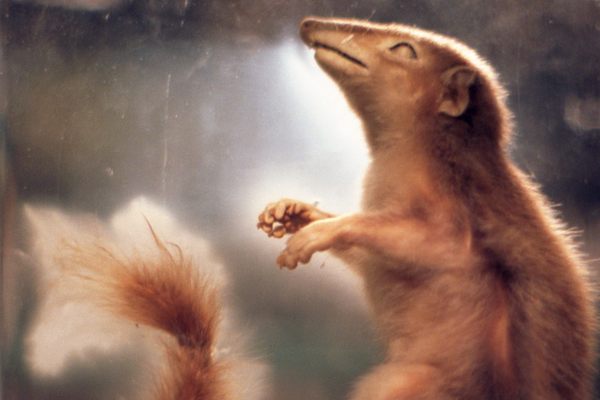

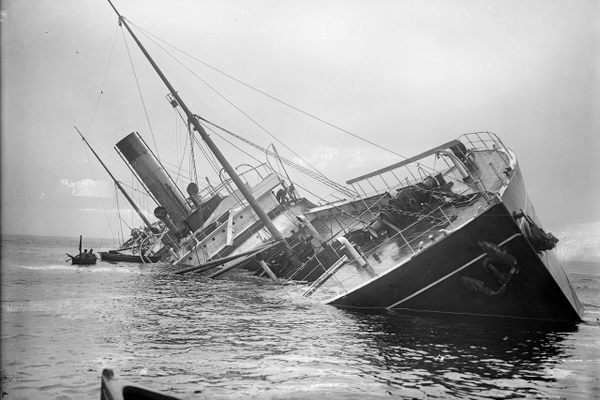

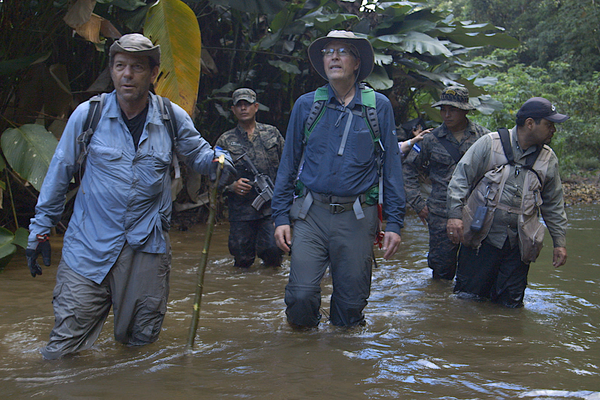
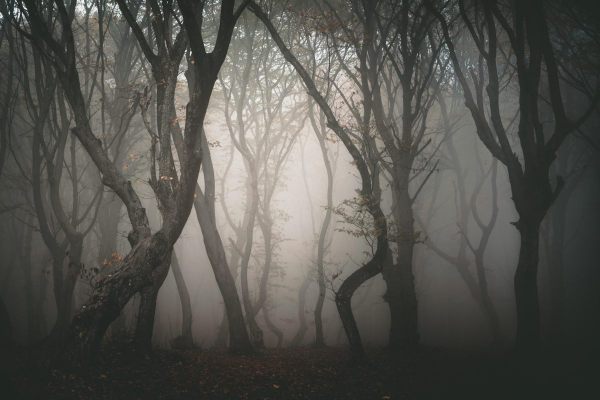

























Follow us on Twitter to get the latest on the world's hidden wonders.
Like us on Facebook to get the latest on the world's hidden wonders.
Follow us on Twitter Like us on Facebook